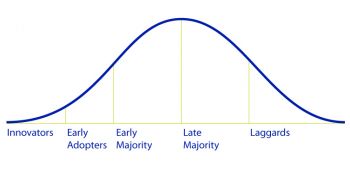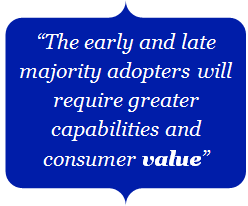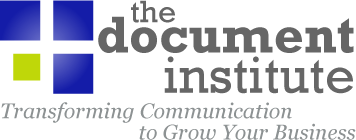Every year in Australia there are about 2 billion high-volume transaction and other essential documents produced and sent, with more than 75% of this volume still going by traditional physical mail.
What is the adoption rate and what are the challenges of moving to electronic delivery (e-Delivery)?
After Australia Post’s postal price increases in January 2016, many organisations are already feeling the pain of this postage increase. Many feel they already know what they need to move across to the “cheaper” alternative, however, even though the price to deliver an item electronically may be less expensive, moving to e-Delivery is not easy - nor is it cheap - and many organisations are jumping in blindly thinking they know what they need to know; many don’t.
 Adoption of e-Delivery
Adoption of e-Delivery
It seems that many e-Delivery solutions are designed to be direct physical mail replacement by way of attaching a (print-like) PDF document to an email.
This may have worked adequately for innovators and some early adopters, however many industries are nearing critical mass with this option if that is all that is offered to their customers.
The early and late majority adopters will require greater capabilities and consumer "value" with an e-Delivery solution, incorporating things such as customised and easily read content in the email, as well as features that make the process easy for paying and viewing.
 Some of these solutions are more complex with detailed and personalised HTML email bodies (with or without attachment), as well as links to the customer portal online. For those opting for the latter option, many then require the customer to proceed through another step (or a few) to log-in and search before being able to see their document.
Some of these solutions are more complex with detailed and personalised HTML email bodies (with or without attachment), as well as links to the customer portal online. For those opting for the latter option, many then require the customer to proceed through another step (or a few) to log-in and search before being able to see their document.
A relatively small number of implemented e-Delivery solutions work with a secure personalised URL (pURL) that takes them directly to their document or payment portal. However, scams – particularly in the banking industry – have almost negated this as an option for very sensitive, security conscious vertical industries.
Retrieving generated HTML5 (static or dynamic) documents from an online archive by way of an emailed pURL seems to be the best option.
But regardless, an e-Delivery solution must be easier, more flexible, and provide greater information and value to the consumer than a paper-based, physically delivered document.
The Biggest Challenge
Often (unfortunately) end-user document owner enterprise companies are choosing to look at performing this e-Delivery process themselves, because to some it’s “just a PDF and just an email”. What many don’t realise or appreciate is the level of complexity and expertise that the processes in this specialist workflow actually require. Instead, they are making strategic (and typically very expensive) decisions based on what they think they know, but in many cases it’s what they don’t know they don’t know that is costing them the most time and money.
Bad assumptions seem to be leading to these bad decisions:
- Around the “ease” of creating personalised documents – It’s just like mail merge in Microsoft Word right?
- Around the “ease” of sending emails – An email is just an email right? I send them every day!
- Around the “ease” of creating PDF documents – Our ERP solution outputs PDF, so there is no need for a document composition process
Because of these and other related assumptions, we see the biggest challenge being no perceived need. Basically they think they know what they need to know, but the complexity of handling:
- Highly complex marketing and business rules,
- High volumes of personalised, targeted, emails – with or without transaction documents attached – that MUST be delivered (unlike many marketing emails), and
- The various formats, versions, and options for resources when generating PDF and HTML documents,
...leads to these projects being started, having lots of time and money wasted, only to discover they should have engaged those with the specialised expertise from the start.
Next Steps
If you or your customers are looking to make the move to e-delivery and want to get a majority of customers taking up the option rather than just the innovators and early adopters, then contact The Document Institute. We will explain how we can save you a significant amount on your current implementations and workflow, as well as plan for a more productive, more efficient, and more effective solution moving forward.
The Document Institute, #1 in Productivity, Efficiency, and Effectiveness, of high-volume personalised customer communication.
